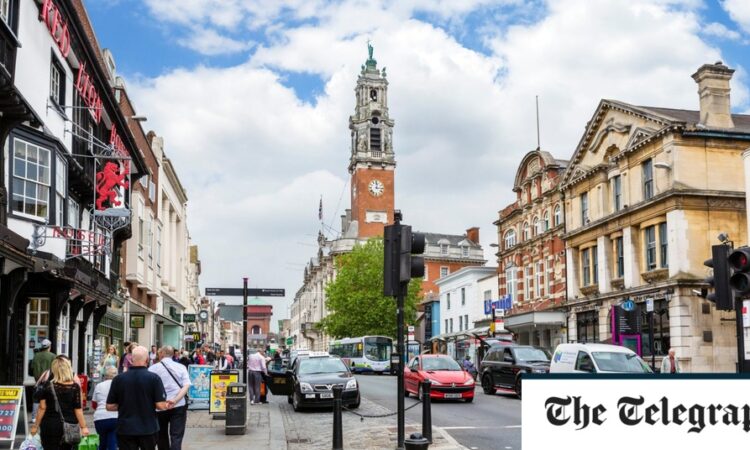
Many of the problems associated with growth were solved by integrating transport planning with land use planning, something we are phenomenally bad at doing.
A few hours’ drive south of Freiburg, Munich’s Municipal Housing company is building its own sustainable suburb, called Freiham, with subsidised housing, according to Transport for New Homes.
Like Freiburg, it is designed around having facilities within reach by foot or on bike, and accessible by public transport. It is still under construction, but already there is a coffee shop, hairdresser and food store.
The Germans, like the Dutch, seem to have this approach down to a tee.
Look at the differences with the way we generally do things at home. Firstly, we waste space – that means using up good farmland and destroying green spaces, while low density also bakes in car-dependency.
Freiham will house 25,000 people on the 470-acre development, in low-rise apartments. Here in Britain, a typical development on a site of this size would only house 2,700 people.
It would be predominantly accessed by car, be disconnected from its urban centre, contain virtually no social housing, and suffer from a lack of services.
Barking Riverside, in London, offers some hope. Described as “a place to be, become and belong”, the 440-acre brownfield site that once hosted a power station will house 11,000 people.
Unusually, an infrastructure-first approach has been taken. Residents are spoilt for choice when it comes to public transport. The tube line was extended, a new station opened last year, the Thames Clipper departs from the waterfront and there is a network of cycle paths.
Perhaps the secret to big picture planning is the number of partners collaborating on the project, who in this case include the Mayor of London, Transport for London and Homes England.
The Germans do seem to have their cake and eat it when it comes to housing. Perhaps that will be something we can enjoy one day.
The new planning rules provide a glimmer of hope that we will see more brownfield development and urban intensification instead of green field sprawl and housing on best farmland. The next step is for politicians to start to take a strategic approach.
